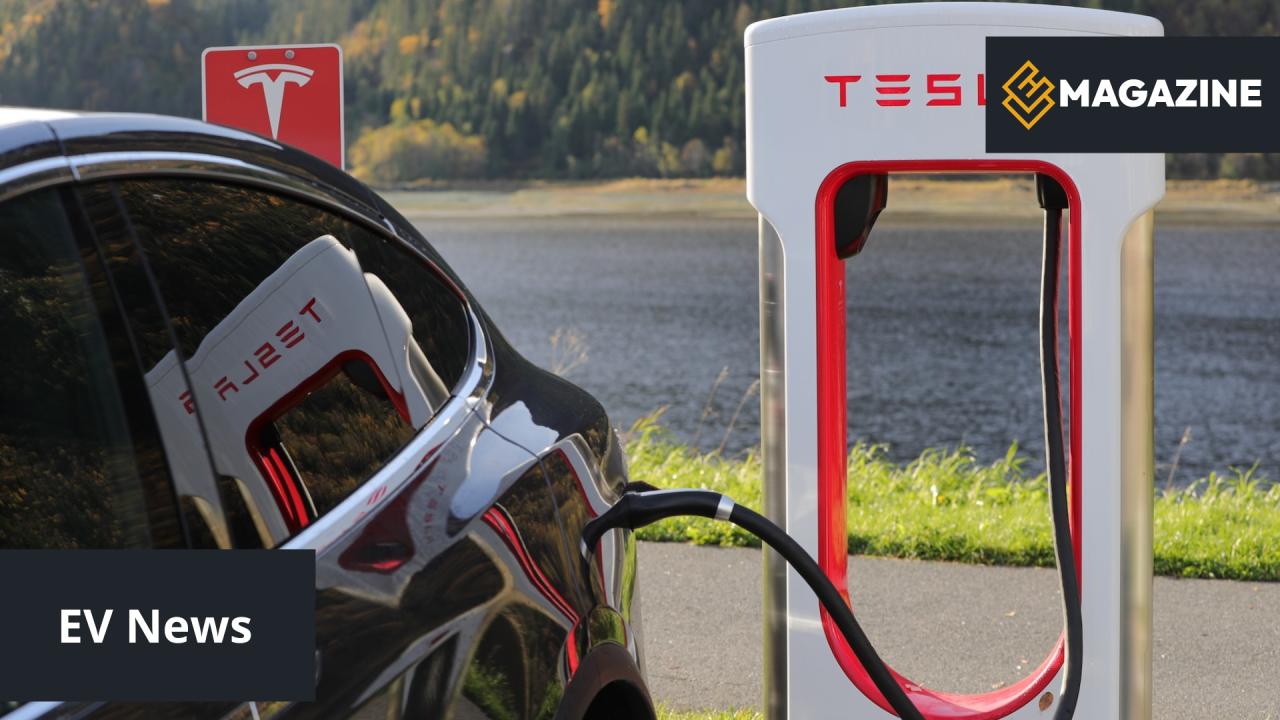The American electric vehicle manufacturer confirmed the figures through its official charging division account, revealing a pace that translates to one new charging stall opening every 32 minutes somewhere in the world. The network has grown 18 percent year-over-year, establishing Tesla's charging infrastructure as the world's largest fast-charging network.
Tesla recorded 54 million charging sessions during Q3 2025, representing a 31 percent increase compared to the same period last year. The network delivered 1.8 terawatt-hours of energy, which according to company calculations equates to savings of 842 million litres of petrol.
First complete V4 station goes live
The record quarter coincided with a significant technological advancement. In late September, Tesla opened its first fully operational V4 Supercharger station in Redwood City, California. Unlike previous installations where only charging posts were upgraded, this location features completely new V4 cabinet systems.
The V4 cabinets represent a substantial leap in capability. Each unit can power up to eight charging stalls, double the capacity of the previous V3 generation. Maximum output per stall reaches 500 kilowatts, compared to 250 kW in earlier systems. The technology supports battery architectures up to 1,000 volts.
Max de Zegher, Tesla's Director of Charging for North America, described the V4 cabinet as having three times the power density of its predecessor whilst significantly reducing installation costs. Tesla estimates costs below 40,000 dollars per charging stall.
Who benefits from faster charging
Currently, only the Tesla Cybertruck with its 800-volt battery architecture can utilise the full 500 kW output. For this pickup truck, the technology enables approximately 30 percent faster charging times. The vehicle can charge 44 percent of its battery capacity in just 15 minutes from a near-empty state.
Older Tesla models including the Model 3, Model Y, Model S and Model X remain limited to 250 kW due to their 400-volt architecture. However, as Tesla opens its network to competing brands, vehicles such as the Lucid Gravity, Hyundai Ioniq 9 and Porsche Taycan will benefit from the higher power output thanks to their higher-voltage systems.
Tesla plans to make V4 chargers available to non-Tesla vehicles during the fourth quarter of 2025, pending completion of final engineering validations.
European expansion continues
The charging network expansion holds particular significance for European markets. Tesla currently operates over 1,500 Supercharger stations across the continent, with plans for more than 350 new V4 sites scheduled for completion through the end of 2025. The focus includes major highway corridors in Germany, France, Spain, Italy and the Nordic countries.
Approximately 70 percent of European Superchargers are now accessible to non-Tesla electric vehicles equipped with CCS2 charging standards. The company has been systematically opening its network across the continent, with the United Kingdom expected to reach 80 percent availability for third-party vehicles by Q4 2025.
In 2023, Tesla secured roughly 150 million dollars in European Union funding to install and upgrade 7,198 charging points across 687 locations in 22 countries. This represents 44 percent of total EU grants allocated for charging infrastructure under the Alternative Fuels Infrastructure Facility programme.
Strategic timing amid sales challenges
The infrastructure push comes at a time when Tesla faces declining vehicle sales in several European markets. The company's Q3 2025 vehicle deliveries showed a 7 percent increase globally but continued weakness in Europe, where consumer sentiment has been affected by various factors including increased competition from established manufacturers.
The aggressive expansion of charging infrastructure serves multiple strategic purposes. Quality charging availability remains one of the primary concerns for potential electric vehicle buyers. By establishing the most extensive and reliable fast-charging network, Tesla maintains a competitive advantage even as its vehicle market share faces pressure.
Opening the network to other manufacturers also creates a new revenue stream beyond vehicle sales. Tesla owners maintain preferential pricing rates, whilst non-Tesla users pay dynamic prices based on time-of-day and site congestion levels.
Restaurant venture shows strong results
Tesla revealed an unusual statistic from its hospitality venture. The Supercharger Diner in Los Angeles, which opened in late July, sold 50,000 hamburgers during its first three months of operation. This averages 704 burgers daily at a price of 13.50 dollars each, generating approximately 675,000 dollars in revenue from burger sales alone, excluding other menu items.
The company humorously reported "100 percent growth in tastiness" for its burgers. The restaurant is integrated with a charging location, providing amenities for drivers during charging sessions.
Infrastructure as competitive advantage
Tesla's charging network has evolved from a proprietary perk for its own customers into what industry observers describe as pan-European charging backbone infrastructure. The combination of rapid expansion, technological improvements with V4 hardware, and opening access to competing brands positions Tesla as the dominant player in European fast-charging.
The company faces competition from established networks including Ionity, EnBW, Fastned and BP Pulse, but maintains advantages in total number of locations, reliability ratings and integrated software experience. Tesla has also begun promoting its Superchargers on highway signage in the United States, marking the first time the company has actively advertised its charging network to the general public.
Whether Tesla can sustain this pace of expansion remains to be seen. The company added 2,200 stalls in Q1 2025 and roughly 2,700 in Q2 2025, making the 4,000 stalls added in Q3 a significant acceleration. Future quarters will determine if this represents a new baseline or a temporary surge.
For European electric vehicle owners, both Tesla and non-Tesla, the rapid infrastructure buildout translates to improved convenience, reduced range anxiety and faster charging times on long-distance journeys. As the continent moves toward its 2035 deadline for ending sales of new combustion engine vehicles, the availability of reliable fast-charging infrastructure will play a crucial role in consumer adoption rates.
Sources
Source: evmagazin.cz, teslarati.com

